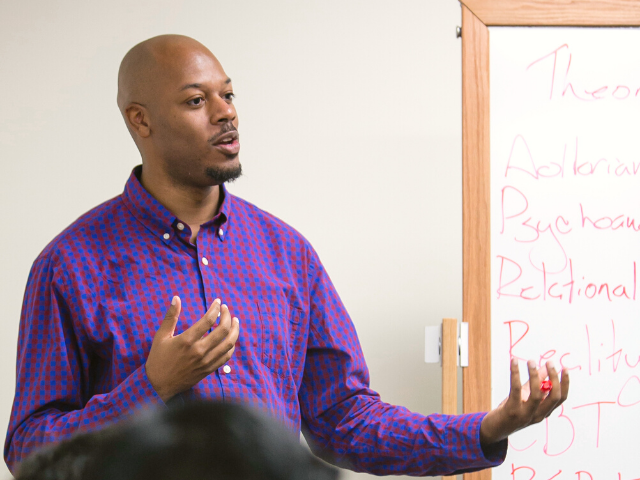5 Education Trends That Are Here to Stay
We're all aware of the rapid ways that social media and advances in technology are changing our culture. You see it especially in the growing chasm between today's young people and older generations: just this week, the "OK, boomer" viral meme that highlights this generational divide was mentioned in oral arguments on the floor of the Supreme Court.
The changes of today are not just theoretical or confined to the world of memes, they impact everyday environments like workplaces and schools.
There are significant, practical shifts in the character and make-up of the modern classroom and the modern school. Educators are reconceptualizing what it means to teach in light of demographic changes and technological advances.
These developments are forcing teachers to keep learning and adapting. If you're wondering, "Should I become a teacher?"—here’s a quick look at five significant education trends in the 21st century that might help you make the decision.
Education technologies are changing.
Did you know that you can use education technology tools to turn any webpage into an interactive lesson? Or to send out a video prompt that students can respond to? Or allow students to work collaboratively via app to create a shared project or presentation?
Technology is transforming the way classrooms operate, and teachers are adapting and innovating alongside their new digital tools. The reality is that screens are in the classroom to stay, but no tech product, no matter how fancy, can replace the role of the teacher in the classroom. The coming decades will bring increased attention to the ways that technology can simplify, personalize, and promote student engagement and learning, assuming teachers have been empowered to incorporate these tools into their own learning and preparation for the classroom.
The student population is increasingly diverse.
2014 was a milestone year in education demographics: for the first time, nonwhite students became the majority in the public school system. Increasing student population diversity does not necessarily translate to increased diversity at the level of the school, but it does indicate that educators need to be prepared to teach students from a variety of socio-economic and cultural backgrounds. Culturally competent teachers and teachers that represent a range of diversities are needed more than ever before.
Classrooms need to accommodate children with a variety of learning needs and styles.
The typical American classroom includes students who prefer visual learning, students with ADHD, students with autism, students who need in-classroom support, students who need extra time processing written information, and so much more. Today’s teachers have to be prepared to offer students across a range of needs and abilities the opportunity to absorb information in a way that works for their learning styles or learning needs. While creating an inclusive classroom can be difficult to do, research suggests that inclusive classrooms are good for both typical and atypical learners. The right kind of teacher preparation program can give you tangible skills and techniques to create an inclusive classroom, as well as hours of practice in a classroom as a student teacher.
Education professionals and students play an increasing role in advocacy and activism.
For decades, teachers have been powerful advocates for our school systems and for education reforms, but more and more, schools stand at the heart of important conversations that are not just education related.
After the school shooting in Parkland, Greta Thunberg’s work on climate change, the Day Without Immigrants protests that emptied out schools across the country, and numerous teachers’ strikes, it’s become clear that students and schools are the new players in political activism. Teachers have an increasing responsibility to educate their students in light of the crises and conversations that are happening globally. When teachers do this successfully, they allow students to step forward and demand a better world for themselves and their children.
Increased calls for ongoing professional development for teachers.
A 2017 Learning Policy Institute study on effective professional development practices for educators opens with a clear statement on the relationship between teacher learning and student success: “Educators and policymakers are increasingly looking to teacher professional learning as an important strategy for supporting the complex skills students need to be prepared for further education and work in the 21st century. For students to develop mastery of challenging content, problem-solving, effective communication and collaboration, and self-direction, teachers must employ more sophisticated forms of teaching. Effective professional development (PD) is key to teachers learning and refining the pedagogies required to teach these skills.”
If the role of a teacher is to shape and guide the next generation, our teachers need to have context and insight beyond just the courses required to earn a teaching certification. (This helps explain why close to 60% of America’s teachers have their master’s degree).
Are you a prospective teacher who wants an education that will prepare you for the 21st-century classroom? Explore our full guide – Teachers for the Next Generation: Getting a Future-Focused Master's in Education – for more!



.jpg)

